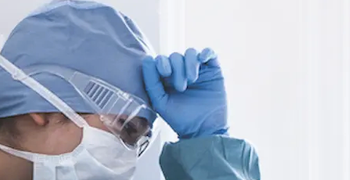
Just when should a health care professional return to work after a high-risk COVID-19 exposure? In a Q&A, Sharon Ward-Fore, MS, MT(ASCP), CIC, FAPIC, explains the CDC’s changing recommendations.

Just when should a health care professional return to work after a high-risk COVID-19 exposure? In a Q&A, Sharon Ward-Fore, MS, MT(ASCP), CIC, FAPIC, explains the CDC’s changing recommendations.
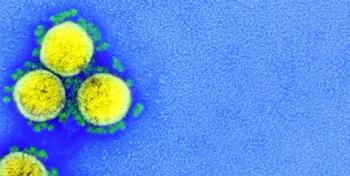
Anthony Harris, MD, MBA, MPH: “There are nights where I go to bed thinking, ‘Will tomorrow be the day that I read about a tremendous increase in severity in Omicron, and antibody dependent enhancement could be the cause of it?’”

CDC’s Michael Craig: “Every country is an importer and an exporter of resistance…. And our hope is that this could be a jumpstart to help some of these countries start to build the capacity that is needed everywhere.”

La’Titia Houston MPH, BSN, RN, CIC: “We work not only with the bedside nurses and the sterile processors, but even with our clinicians, our physicians. They want a timeout before the procedure is even performed because they want to ensure that the scope did pass during the high-level disinfection procedure.”

Kevin Kavanagh, MD: “The deer apparently live with COVID-19 quite well, but, yet rapidly spread it amongst the herds. And that’s actually very problematic, because if it finds a host that it doesn’t make sick, but yet it can mutate and change and then reinfect other animals and plus mankind, that is one of the worrisome scenarios that could take place.”
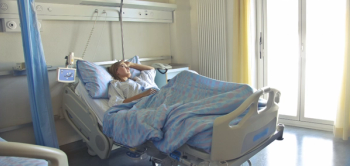
One of many presentations at the ISSA Show North America 2021 this week seeks to light an entrepreneurial fire under an old concept.
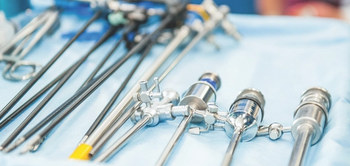
Crystal Heishman, MBA, MSN, RN, ONC, CIC: “You don’t ever want to go into a sterilization department and say, ‘You’re doing this wrong’. Because they’re the subject matter experts. You want to learn. You want to learn the process. You want to work together because it makes a stronger partnership.”
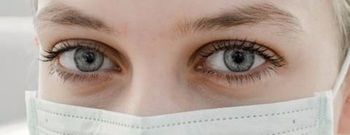
Doe Kley, RN, CIC, MPH,T-CHEST: “We just can’t keep doing what we’ve been doing with our singular focus on one pathogen. We know that while we were doing that—while we were so busy with COVID-19—other really dangerous and emerging pathogens got a foothold. The one that scares me the most is Candida auris.”
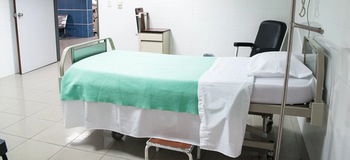
Darrel Hicks: “EVS teams work around professionals who are certified—whether it’s respiratory therapists, physical therapists, the RNs, the doctors—and I think if we ever hoped to elevate their status that we need to certify environmental services workers to a certain level of knowledge before they even start cleaning patient rooms.”
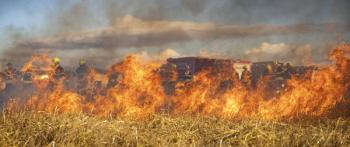
Jason Tetro, author of The Germ Code: “Moving forward, I think we’re going to be going into this idea of seasonality, or as I like to say, cold, flu and COVID-19 seasons.” And the so-called "monster variant"? It's already here, says Tetro. It's called Delta.
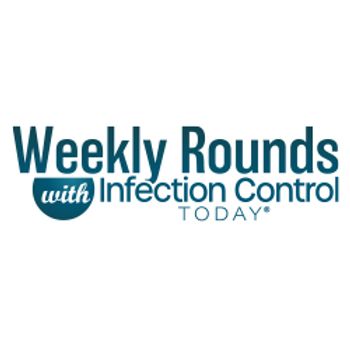
Take 5 minutes to catch up on Infection Control Today’s highlights for the week ending October 22.
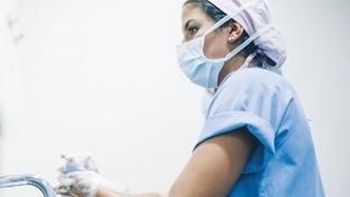
Brian Flannigan: “The reason why water quality and water safety is so important in sterile processing is that there have been direct connections made between the water systems and hospital infections: operating room infections, asset life problems, maintenance problems, staining and discoloration of equipment.”
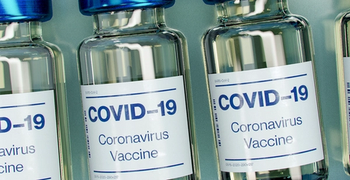
Anthony Harris, MD, MBA, MPH: “We know that mandates such [as the COVID-19 vaccine mandate] don’t exist in isolation. For any school age child that wants to attend public school, guess what? Be vaccinated. Likewise for universities, in many cases. If you’re living in a dormitory scenario. This is not a far cry from precedent that’s already been set.”
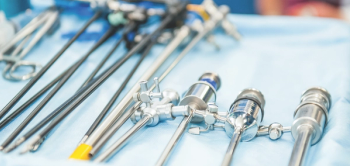
IAHCSMM’s Damien Berg: “COVID-19 put a light on sterile processing professionals in a positive way. We became a force multiplier in the hospital by the things we did. And we got known.”

Take 5 minutes to catch up on Infection Control Today’s highlights for the week ending October 1.

Pro: Health care professionals work around vulnerable patients, and in environments that might be contaminated by COVID-19. Con: Patients want to see their caregiver’s face.
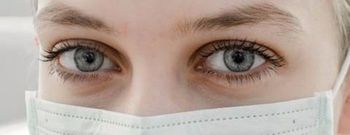
Joshua Nosanchuk, MD, Programs Chairperson for ID Week: “What the infection preventionists are doing I think is a true blessing for our community. And not always as well recognized as it should be…. I just want to say thank you to all the people that are doing this work.”
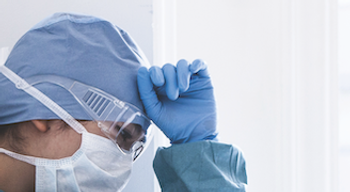
Rebecca Leach, MPH, BSN, RN, CIC: “[Compassion fatigue is] a hard topic for us because we’re not used to talking about this kind of thing in infection prevention. We’re very much focused on evidence-based care and standards. And so, this delves into a little bit of dealing with our emotions, right? And in health care, we don’t talk about that kind of thing.”

The CDC’s Runa Gokhale, MD, MPH: “I think that there is a role for infection preventionists to play here, and they are a community that we’ve been trying to engage through some of our sepsis awareness and sepsis prevention efforts.”

Linda Spaulding, RB-BC, CIC: “The time to hold nursing homes accountable is not the time when everything’s falling apart, and they don’t know what to do, and there’s nobody there to guide them.”

Take 5 minutes to catch up on Infection Control Today’s highlights for the week ending August 13.
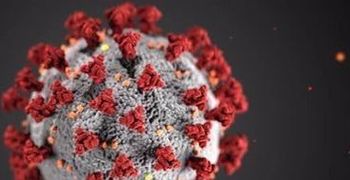
Kevin Kavanagh, MD: “COVID-19 is not just respiratory, it affects every organ of the body. This is a serious type of infection. And we need to be focusing on trying to keep this virus from spreading, plus protecting our young.”

G. Rumay Alexander, EdD, RN: “When experience shows up, it speaks and it speaks loudly. It usually shows up as a feeling, or a thought, or a belief, or a decision about who’s worthy of getting the best care, or the minimum amount.”
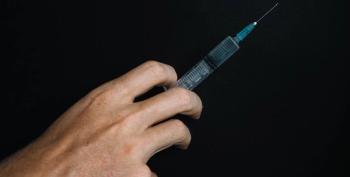
Kevin Kavanagh, MD: “I am convinced this virus is about one or two iterations away from completely avoiding the vaccine. And remember, we have the lambda variant and the kappa variant which are sitting out there in the wings, waiting for immunity to drop and possibly cause another wave.”

Ashish Mathur, PhD: “Today, there are no uniform industry standards to evaluate the efficacy of UVC devices. The onus is up to the infection preventionist to make sure and confirm that whatever claims have been made for the device are being substantiated by clinical evidence and third-party testing.”

Heather Saunders MPH, RN, CIC: “I think [infection preventionists] really need to be aware of what the efforts are at their state health departments and how they can collaborate with those efforts. IPs need to also have their own surveillance systems in place. They need to know what they’re looking for.”

Take 5 minutes to catch up on Infection Control Today®’s highlights for the week ending July 9.

Tania Bubb, PhD, RN, CIC: “I think there are many heroes to celebrate, but specifically, because we’re talking about infection preventionists, I want to highlight the work that they have done, and the positions that they had to manage and the flexibility and the agility that they had to exhibit during the pandemic.”

Elizabeth Jefferson, PhD, CIC: “You have to really pay attention and make sure that it [Candida auris] stays contained so that you don’t have an outbreak. It just takes one case.”
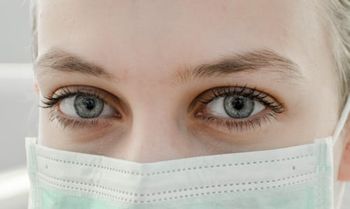
Holly Taylor, MPH, CIC: Using retired IPs can “create a little bit more bandwidth within the department when you have potentially prolonged vacancies because we do know that IP staffing vacancies last longer than other health care vacancies.”